The Shrike-R kayak profiled in this issue is unusual among boats. It isn’t designed to go anywhere. It isn’t even meant to stay upright. As a rolling kayak, it’s made to be capsized, intentionally, and be rolled upright by the paddler. I’ve built two Greenland-style skin-on-frame rolling kayaks and the total distance I’ve covered in all the years I’ve paddled them would be measured in yards rather than miles. Their use could really only be measured in rotations. While my interest in rolling a kayak began as a way to recover from a capsize without having to bail out, rolling for the challenge and satisfaction of it began with meeting Maligiaq Padilla, Greenland’s leading national kayaking champion. Maligiaq won the Greenland National Kayak Championship nine times with his first win coming when he was just 16.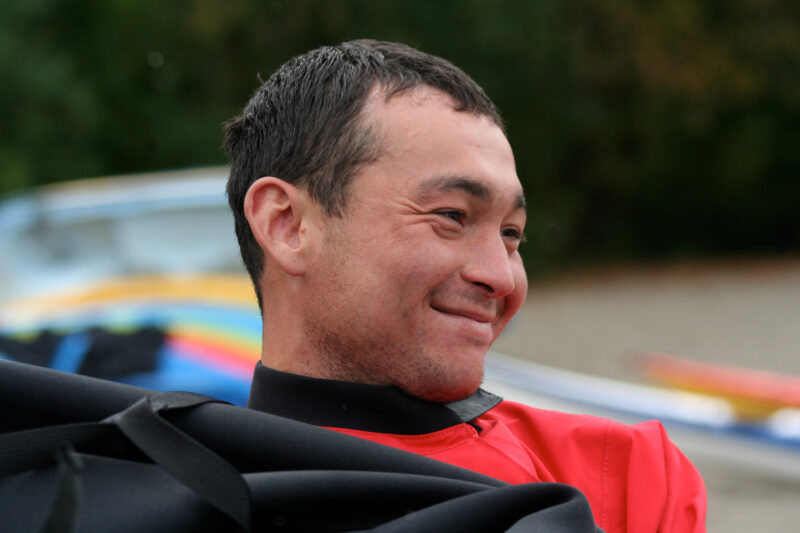 Photographs by and from the collection of the author
Photographs by and from the collection of the author
Join The Conversation
We welcome your comments about this article. If you’d like to include a photo or a video with your comment, please email the file or link.
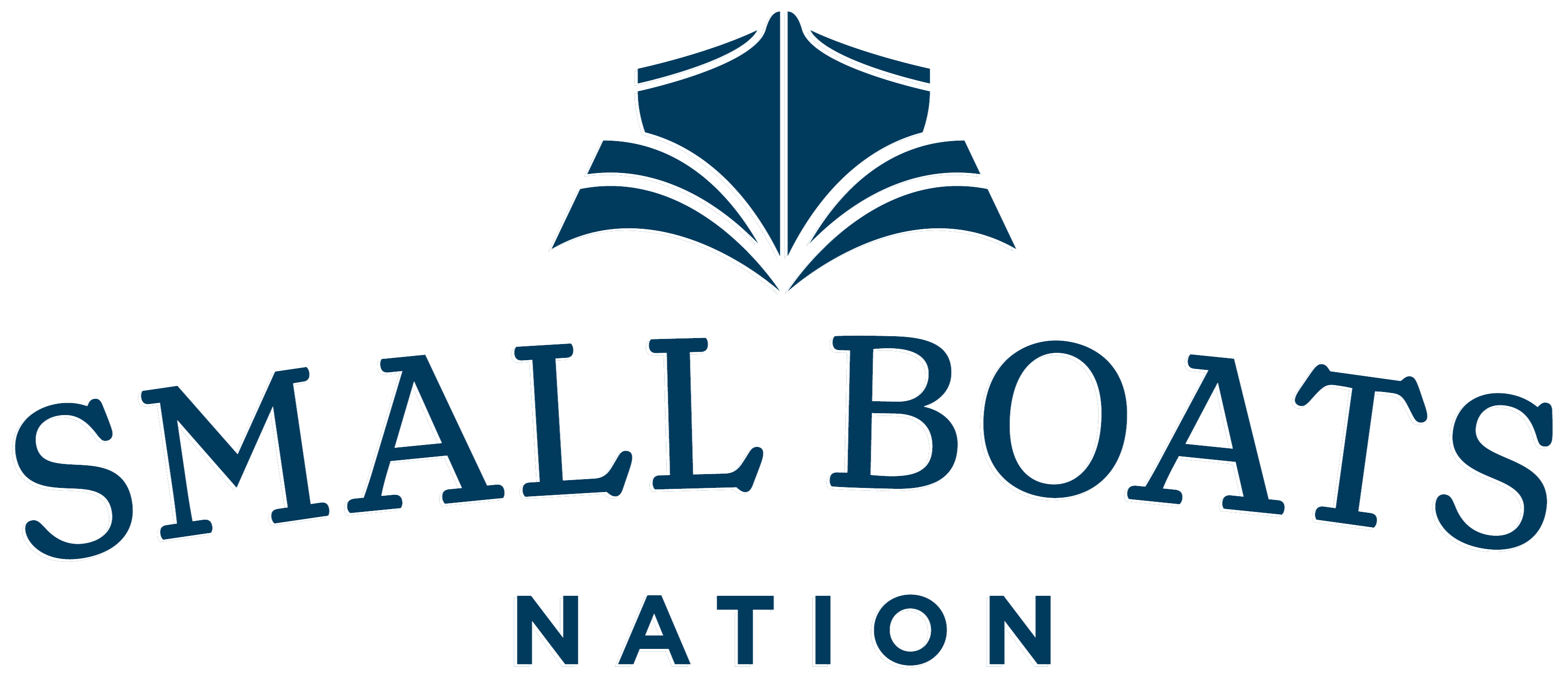

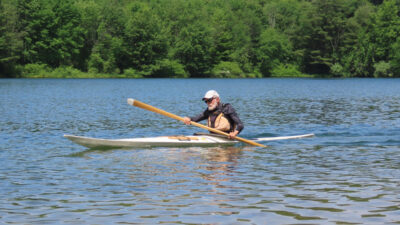
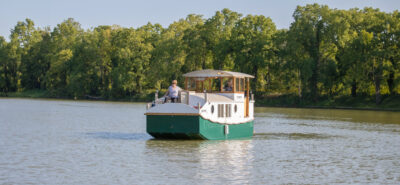
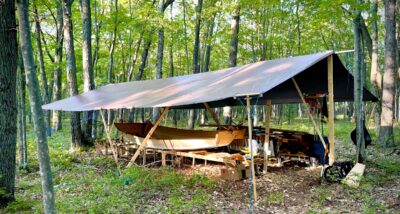
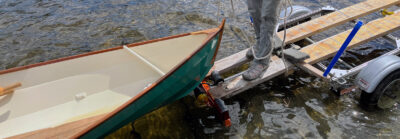
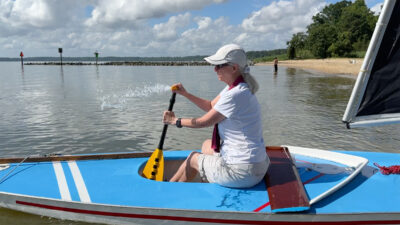
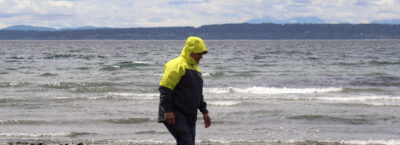
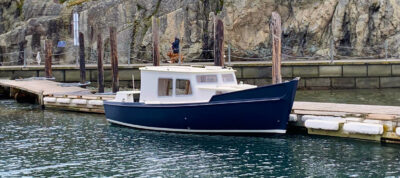
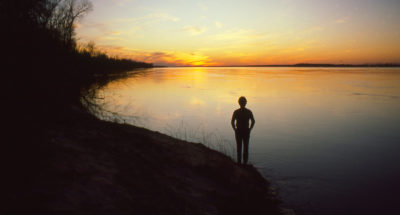
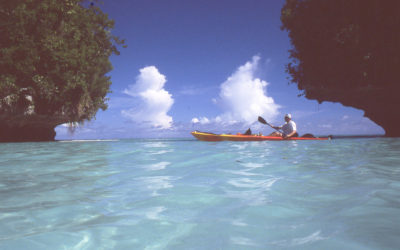
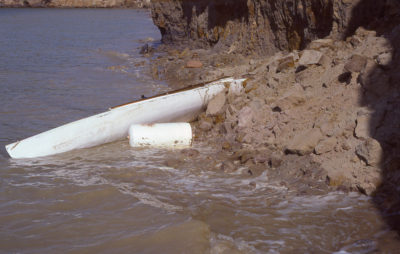

So wonderful that he shares his skill and passion.
Impressive skills by both Chris and Maligiaq. It is obvious to any small boater how these techniques would increase one’s bonding with their boat and build confidence.
But I’m confused by one thing. While the use of a very low deck kayak while rolling is an obvious advantage, are the same sort of boat used when hunting? Due to their inherent instability, I would guess not. If this is so, then at what point would one’s larger/deeper kayak become un-rollable? I guess I’m asking for an explanation how the competition techniques can be actually used in practice.
Kayaks used in the Greenland rolling championship are required to have at least 1.5 cm (not quite 5/8”) freeboard. That rule was added after a competition in which kayaks with even less freeboard appeared to have an unfair advantage. I don’t think the traditional hunting kayaks had much more freeboard than that. In his book Eskimo Life, published in 1896, Norwegian Arctic explorer offered the dimensions of Greenland kayaks:
“A kaiak for a Greenlander of average size measures, in the neighbourhood of Godthaab, about 6 yards (5½ metres) in length. The greatest breadth of deck, in front of the kaiak-ring, is about 18 inches ((45 centimetres), or a little more; but the boat narrows considerably towards the bottom. The depth of the kaiak from deck to bottom is generally from 5 to 6½ inches (12 to 15 centimetres), but in front of the kaiak-ring it is an inch or two more, in order to give room for the thighs, and to enable the rower to get more easily into his place.”
My black take-apart rolling kayak has a depth of 6 ¾”. I built it to fit me and I’m taller and heavier than Maligiaq and likely Nansen’s “Greenlander of average size.” If I’d scaled that rolling kayak to fit Maligiaq, it would have come in well within the depth Nansen reported for hunting kayaks. I suspect that rolling kayaks used in competition now are not that much smaller than hunting kayaks would be.
Great inspirational article. Always was fascinated with Maligiaq and his very first video with your narration (?) where he paddles on two chairs and does lots of rolls – it’s my favorite of all times. I come back to it all the time.
Question to you: how do you get on top of the kayak to do the push ups?
Good question. The pushups are easy and the hard part is getting out of the cockpit. The small cockpit opening and low foredeck of my rolling kayak make a tight fit and I have to scoot out a bit at a time getting each kneecap under the masik and working my heels over a few frames. I can’t stretch back over the aft deck as I would at a beach because the stern would submerge, and the water is prone to pour over the coaming and swamp the kayak. I keep my head and upper body as far forward as possible. I brace by pressing one blade of the paddle on the aft deck behind me with the other blade partially submerged to resist a roll in either direction. Once my kneecaps clear the coaming, I can lift my legs out and straddle the kayak. From there I lean forward, get the paddle out from under me and bring it around in front. While my legs are in the water, I’m stable. I press the paddle on the foredeck, with the outboard blade partially submerged again, and put my feet on the after deck, ready for pushups.